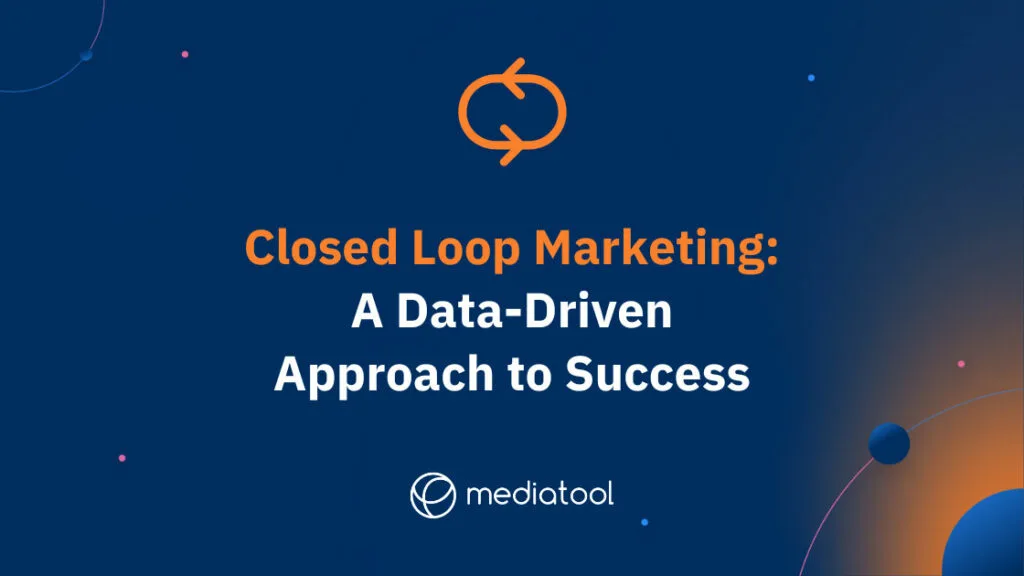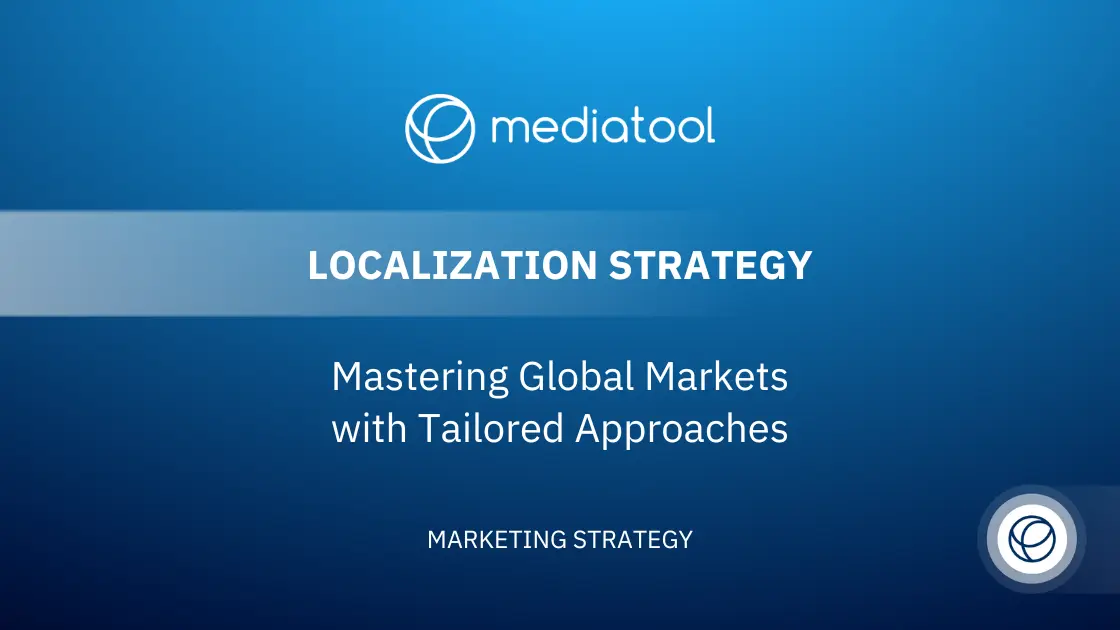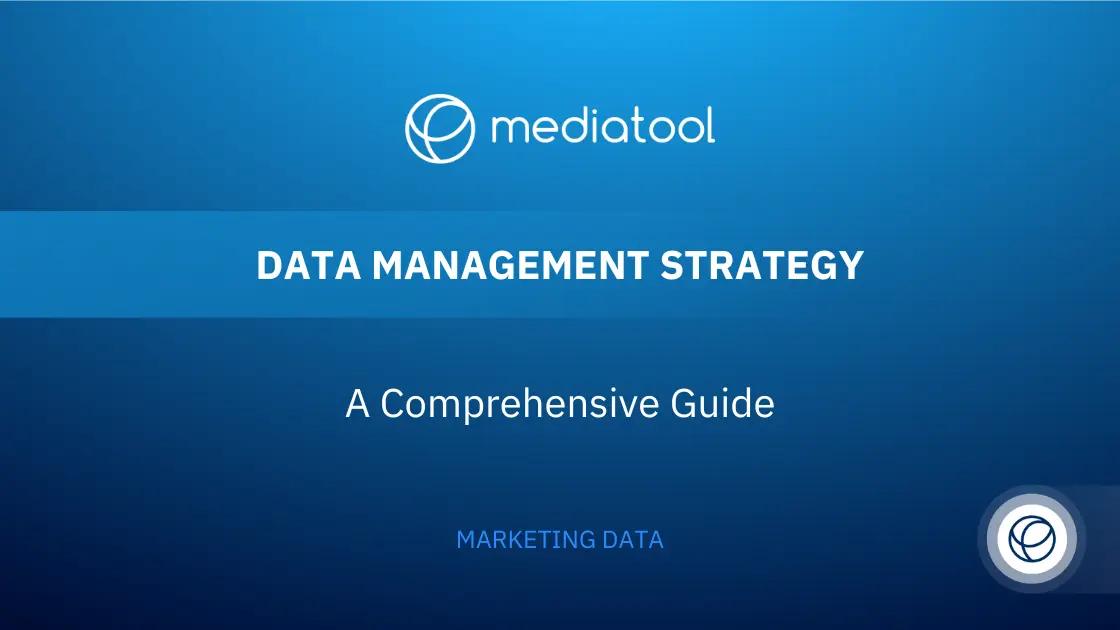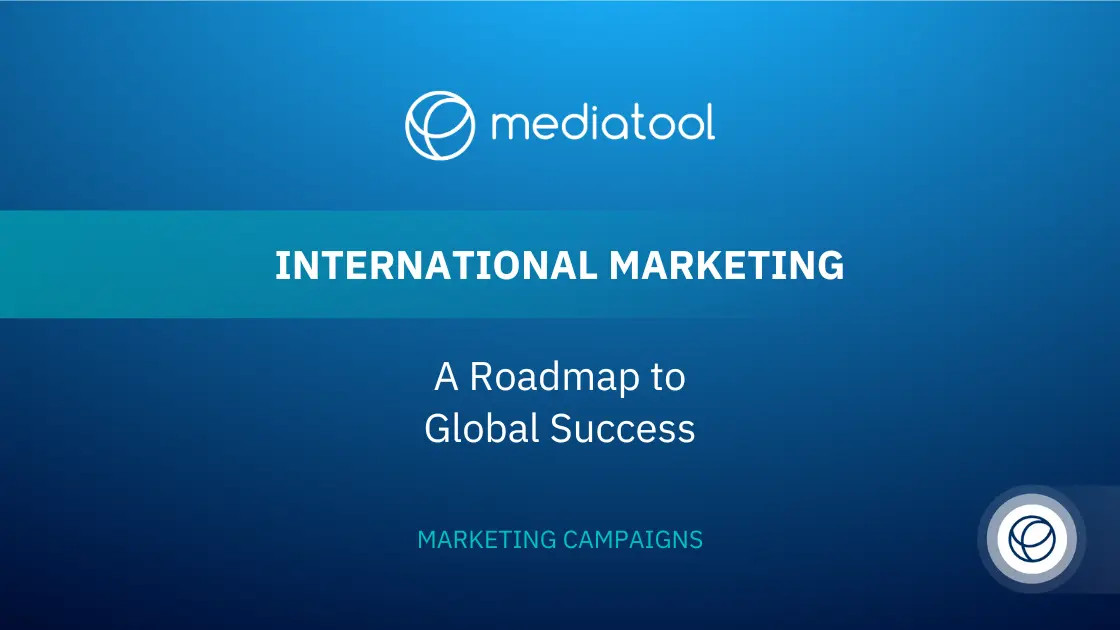In today’s fast-paced, competitive business environment, companies are constantly searching for ways to maximize the efficiency and effectiveness of their marketing and sales efforts. Enter closed loop marketing – a powerful, data-driven approach that has the potential to transform your marketing strategies and significantly boost your bottom line!
What Is Closed Loop Marketing?
Closed loop marketing is an advanced marketing strategy that intricately connects marketing and sales teams to enhance business strategies and foster business growth.
This approach utilizes customer relationship management (CRM) systems and marketing analytics software to track and analyze customer interactions throughout the entire sales cycle, from initial contact through various marketing channels, like social media marketing and email marketing, to the final purchase.
This method contrasts with traditional marketing efforts that often function independently. Closed loop marketing establishes a continuous feedback loop, integrating sales teams and marketing teams.
This integration allows for the optimization of marketing campaigns, ensuring marketing ROI is maximized by focusing on effective strategies and eliminating less successful ones.
Key elements of closed loop marketing include tracking website visitors, managing leads, and using analytics tools like Google Analytics for data analysis.
This helps to create targeted content and optimizing campaigns to improve customer acquisition and retention.
The process involves analyzing customer data from various touchpoints, including email marketing, social media, and landing pages, to gain insights into customer behavior.
By continuously refining marketing initiatives based on real-time feedback and data analytics, closed loop marketing works by not only improving the marketing funnel but also enhancing the customer journey, ensuring a better customer experience.
The utilization of marketing software and analytics software aids in understanding the effectiveness of different marketing channels and strategies, thereby aiding in making informed decisions for future marketing activities.
Ultimately, closed loop marketing is an essential component for aligning marketing efforts with the sales process, enabling companies to more accurately measure marketing performance and drive significant improvements in their marketing strategies.
How Does Closed Loop Marketing Work?
Understanding the mechanics of closed-loop marketing is important for successfully implementing it in your business.
Here’s a detailed, step-by-step outline of how it works, along with some best practices to keep in mind:
Data Collection in Closed Loop Marketing
The bedrock of closed loop marketing is the systematic collection of customer data across various channels like website visits, email marketing, and social media engagements.
This process is essential for compiling insights about customer behavior, preferences, and interactions, which are critical for tailoring marketing strategies and enhancing customer experience.
Integration of Sales and Marketing Teams
Integration is pivotal in closed loop marketing. By synchronizing customer relationship management (CRM) systems with marketing automation platforms, both the marketing team and sales team can access shared data and insights.
This facilitates improved collaboration and decision-making, ensuring that the entire sales cycle is addressed cohesively.
Analysis of Marketing Data
Analyzing the integrated data is a crucial step in the closed loop marketing process. This involves examining patterns and trends to discern the most effective marketing channels and messages.
Such data analysis helps identify potential improvements in marketing strategies and sales funnels, contributing to a more targeted approach in marketing efforts.
Optimization of Marketing Efforts
With insights from data analysis, businesses can optimize their marketing initiatives. This might include adjusting marketing messages, reallocating budgets to more effective channels, or refining sales processes.
Such optimization aims to enhance marketing ROI, improve conversion rates, and ensure that marketing activities align with customer acquisition and retention goals.
Establishing a Feedback Loop
The essence of closed loop marketing lies in its continuous feedback loop, linking a marketing and sales team.
This loop enables real-time monitoring and adjustments based on the latest data, ensuring that marketing campaigns and strategies remain dynamic, responsive, and efficient in achieving business growth and customer satisfaction.
What Are The Benefits Of Closed-Loop Marketing?
Closed-loop marketing offers a wide range of benefits for businesses across various industries.
Some of the most notable benefits include:
Enhanced collaboration between the marketing and sales team:
Creating a unified system that shares data and insights between departments fosters better communication and collaboration between marketing and sales teams.
This improved collaboration can lead to more effective marketing campaigns and a smoother sales process.
Data-driven decision-making:
Closed-loop marketing enables businesses to make informed decisions based on real-time data and insights rather than relying on guesswork or intuition.
This data-driven approach allows companies to optimize their marketing and sales strategies, resulting in greater efficiency and better return on investment (ROI).
Improved customer experience:
With a better understanding of customer preferences, behavior patterns, and pain points, businesses can tailor their marketing and sales efforts to better meet the needs of their target audience.
This personalized approach can significantly enhance the customer experience, increasing loyalty and higher lifetime value.
Increased revenue and profitability:
By focusing on the most effective marketing channels and strategies, closed-loop marketing can help businesses maximize the impact of their marketing efforts, ultimately leading to increased revenue and profitability.
How To Get Started
Now that you’re familiar with the benefits, it’s time to consider implementing it in your own business. Here are some steps to help you get started:
Assessing Your Marketing and Sales Infrastructure
Begin by evaluating your current marketing and sales tools, identifying gaps or areas that could benefit from the implementation of closed loop marketing. Understanding your existing infrastructure is crucial in preparing for a successful closed loop marketing strategy.
Investing in Appropriate Technology
To effectively implement closed loop marketing, investing in the right technology is essential. This includes CRM software, marketing automation platforms, and marketing analytics software.
These tools are key in tracking customer interactions, analyzing data, and optimizing marketing campaigns.
Developing a Data-Driven Mindset
Cultivate a culture that prioritizes data-driven decision-making within your organization. Encourage your marketing and sales teams to leverage data and insights in shaping their strategies and activities, focusing on the entire customer journey and marketing funnel.
Establishing Clear Communication Channels
Ensure open lines of communication between your marketing and sales teams. Regular information sharing is vital for a collaborative environment, enabling effective closed loop marketing and enhancing marketing performance.
Monitoring and Adjusting Efforts
Implementing closed loop marketing requires continuous monitoring and adjustment. Be prepared to adapt your strategies based on feedback and performance analysis. This ongoing optimization is key to maximizing the impact of your marketing and sales efforts.
The Takeaway
Closed loop marketing stands out as a transformative, data-driven approach, revolutionizing the dynamics between marketing and sales teams. This strategic method significantly elevates efficiency and effectiveness, driving overall business success. By adopting closed loop marketing, you are positioned to fully capitalize on your marketing and sales strategies, leading to a superior customer experience and a competitive edge in the business world.
For those new to this concept or seeking to optimize their marketing campaigns and activities, Mediatool offers a comprehensive solution. It provides an integrated platform for planning, managing, and reporting on various marketing initiatives, including social media marketing, email marketing, and more.
Utilizing Mediatool, businesses can seamlessly track customer interactions, analyze data, and refine their marketing strategies. This supports the creation of targeted content, improves the understanding of customer behavior, and enhances the customer journey.
Take the first step towards data-driven decision-making and heightened marketing performance. Discover how Mediatool can facilitate your transition into effective closed loop marketing and transform your marketing process. Take a tour of Mediatool today to see how you can start making data-driven decisions.




